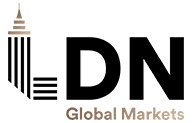Gold has seen a strong rally this year, recording around 50 new all-time highs, making it one of the best-performing assets in global markets. Analysts believe this surge is not merely the result of favorable macroeconomic conditions, but is mainly driven by a state of “accumulated uncertainty” that continues to build up. This persistent sense of unease has strengthened gold’s appeal as a hedge, safe haven, and portfolio diversification tool.
Political tensions surrounding a potential U.S. government shutdown, renewed trade frictions between the U.S. and China, concerns over the Federal Reserve’s independence, financial pressures, inflation fears, and worries about currency devaluation have all contributed collectively to a broader atmosphere of uncertainty—prompting investors to increase their allocations to gold.
Experts note that even small shifts of capital from bonds and equities into gold can have a substantial impact, as minor portfolio adjustments on a global scale translate into large volumes within the gold market.
They also point out that, despite comparisons with previous major bull runs, the current rally remains relatively young, lasting roughly 700 days so far—short of the 1,000-day duration seen in past cycles—suggesting that the uptrend still has room to extend without appearing overstretched.
Forecasts for gold prices have been revised upward, with the base scenario targeting $4,227 per ounce in the fourth quarter of this year and $4,427 in 2026. In the optimistic scenario, projections range between $4,963 and $5,108. Current estimates indicate that surpassing the $5,000 mark is no longer out of reach, with the likely range sitting between the base and bullish outlooks.
Despite the sharp rise in prices, there are no signs of excessive speculative positioning. Holdings in gold-backed exchange-traded products (ETPs) have not yet returned to their historical peaks, and fund managers’ exposure still has room to grow, reflecting continued interest in upside-linked options.
Discussions with asset managers suggest that the traditional 5% allocation to gold within portfolios is now being reconsidered, with many leaning toward a range between 5% and 10%, amid a lack of strong indications of widespread profit-taking.
Central bank demand remains one of the market’s key pillars, with total official sector purchases expected to exceed 850 tons this year. These acquisitions are viewed as strategic rather than tactical, reinforcing gold’s role as a trusted reserve asset—to the extent that in some cases, it now ranks above the euro and U.S. Treasuries in central bank balance sheets.
Although higher prices may dampen consumer demand in India and China in terms of volume, strong cultural ties to gold and expectations of further gains are likely to keep buyers engaged. Meanwhile, the supply of recycled gold is expected to remain limited, as holders delay selling in anticipation of higher prices.
A temporary consolidation phase similar to the one observed between mid-April and mid-August cannot be ruled out. However, a deeper correction would likely require a sharp shift in economic conditions and a significant decline in uncertainty—both of which appear unlikely in the near term.
As some analysts put it: “While bubbles often burst, sometimes they simply keep floating.” For now, gold continues to hold its momentum.
Stay informed about global markets through our previous analyses. and Now, you can also benefit from LDN company services via the LDN Global Markets trading platform.







